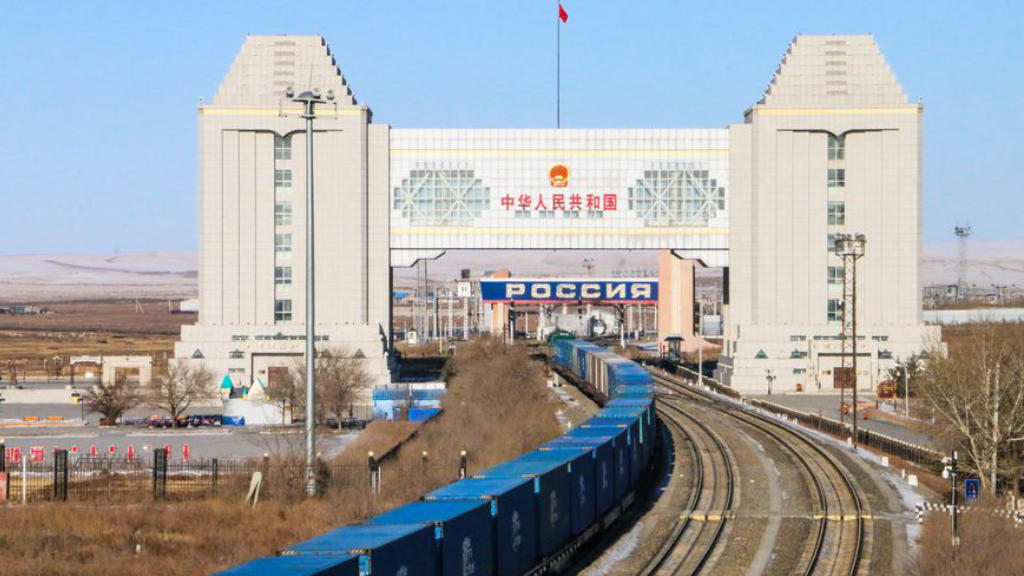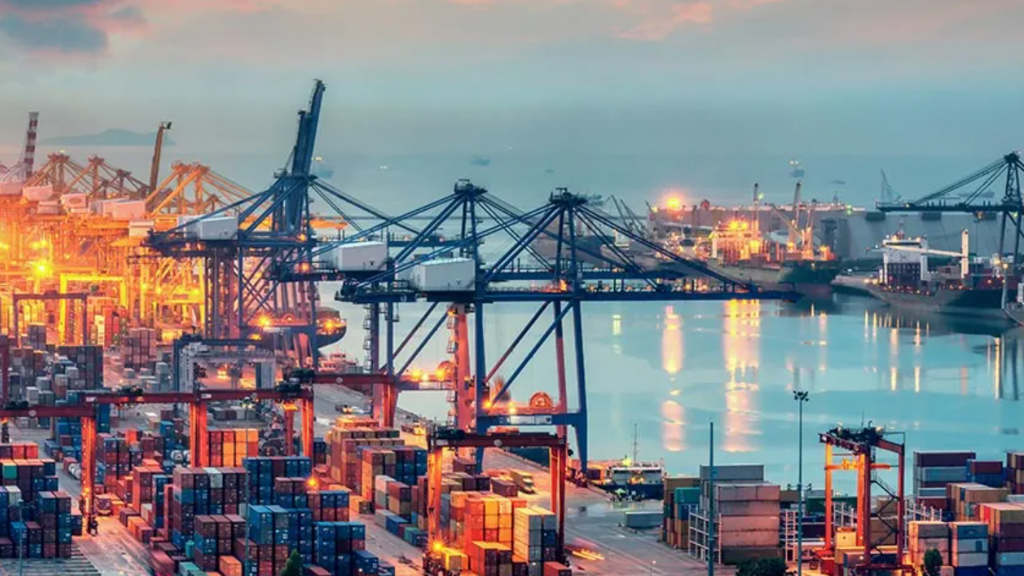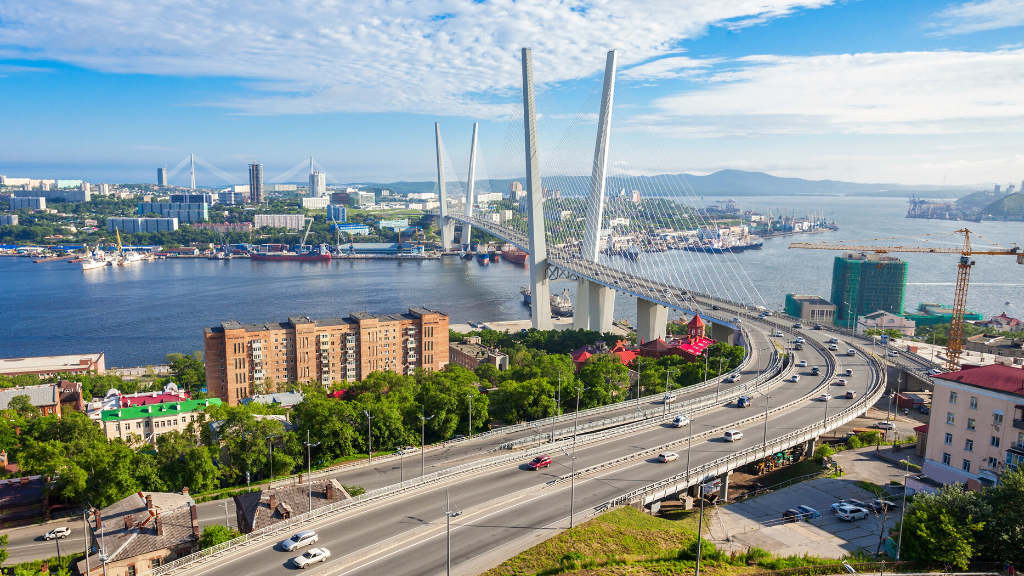The Zabaikalsk border checkpoint on the Chinese border with Manzhouli in China’s Inner Mongolia Province is now the most in-demand crossing between Russia and China for cargo carriers. According to Russia’s Federal Customs Service (FCS), in the first six months of this year, imports of Chinese goods to Russia through this border crossing increased by 34%, while Russian exports to China increased by a multiple of five times. On average, customs officers process about 600 trucks per day.
The customs post at the Zabaikalsk checkpoint is currently operating 24 hours a day. There are also plans to further expand the site due to demand, including large-scale reconstruction of the border crossing, as a result of which the Zabaikalsk checkpoint will become the largest checkpoint on the Russian border and overtake Russia’s previous European borders in freight capacity.
Plans for Zabaikalsk include increasing the total building area to 42 hectares, adding 28 additional lanes for transport, while the throughput capacity will increase to 2,400 thousand vehicles per day, up from the current 600. Up to 1,600 passenger cars per day will also be catered for. There are special visit permits available for citizens of both sides of the border to use as long, as they are local residents and do not travel beyond either city limits. Russian and Chinese traders and tourists are common sights in their respective cities.

The crossing has strategic importance as both Zabaikalsk and Manzhouli are situated on the Trans-Baikal Railway, which is in turn connected to Russia’s Trans-Siberian railway with connectivity both east to Vladivostok Port on the Pacific and west to Moscow. In China it is connected to the national railway network and has direct connectivity to Beijing. It is the fastest rail route to travel between the two countries capitals.
The Trans-Baikal Customs post specializes in transit cargo clearance procedures. Freight turnover by rail on this section of the border increased by 10% and amounted to 10.9 million tonnes. In total, about 575,000 loaded and empty wagons and containers were processed across the border in 2023.
The bulk of cargo between the countries now goes through this Trans-Baikal section of the border, since it possesses the necessary infrastructure (warehouses, terminals, and so on) and is located closer to other regions of Russia.
The border of both Russia and China is very close to eastern Mongolia, and there has been talk of extending a link from the Trans-Baikal railway to the Mongolian capital, Ulaan Baatar, to link up with the Trans-Mongolian railway. Such a route would cross steppe plains and run for about 780km. The region also possesses significant coal reserves.
Further Reading





